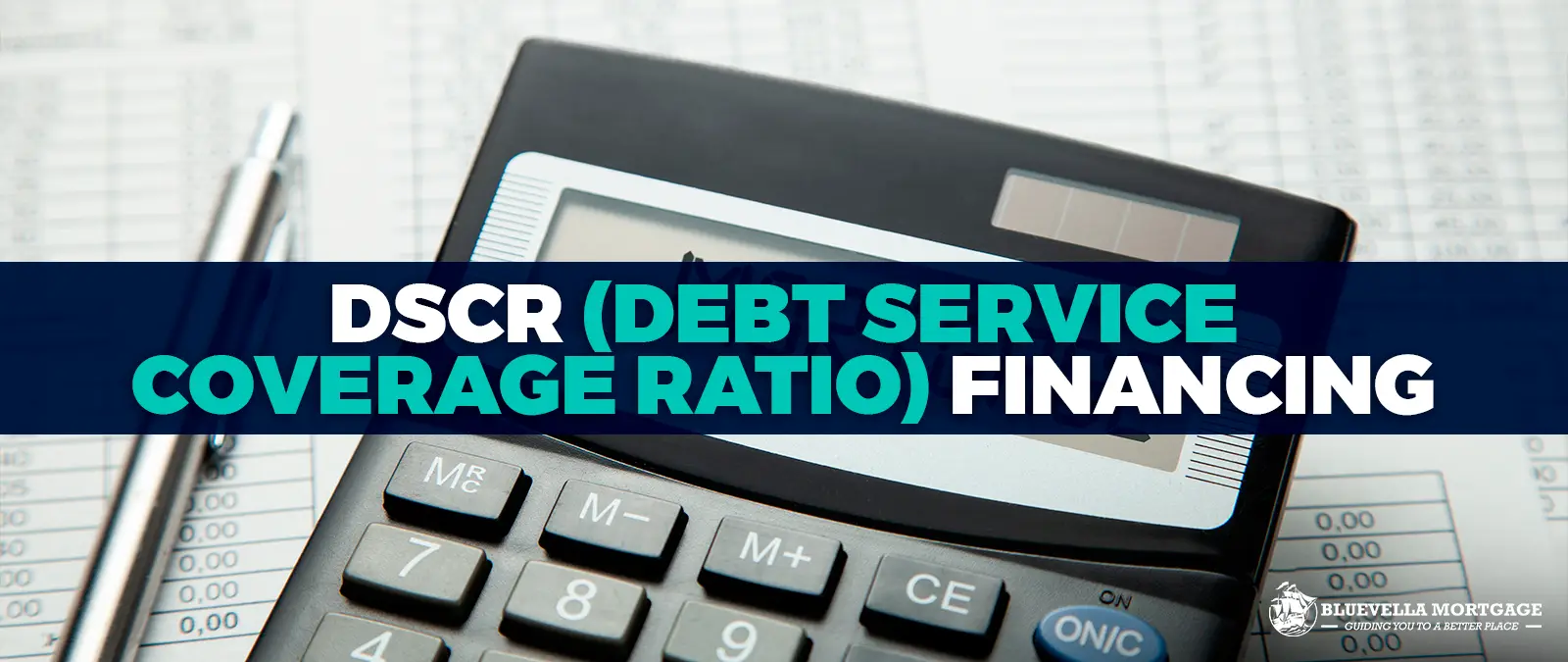
What is Mortgage LTV?
When applying for a mortgage, lenders consider several factors to determine your credit worthiness, and the risk associated with lending your money. One crucial aspect

When applying for a mortgage, lenders consider several factors to determine your credit worthiness, and the risk associated with lending your money. One crucial aspect

A Home Equity Line of Credit (HELOC) is a financial product that allows homeowners to leverage the equity they have built in their homes. Essentially,

Mortgages are a fundamental aspect of the home buying process, serving as the primary financial instrument for individuals looking to purchase a property. A mortgage

Mortgage interest rates are a crucial aspect of the homebuying process, as they can significantly impact the overall cost of your loan. While many factors

There’s an alternative financing option that’s gaining popularity among real estate investors: DSCR (Debt Service Coverage Ratio) financing. When it comes to real estate investing,

Adjustable-rate mortgages (ARM) have become increasingly popular in recent years, offering borrowers flexibility and potential savings on their mortgage payments. However, the complexity of ARM

HomeReady is a conventional mortgage financing option offered by Fannie Mae, designed to make homeownership more accessible and affordable for low-to-moderate-income borrowers. With its flexible

Treasury securities are government-backed investments issued by the United States Department of the Treasury to finance its operations and pay off maturing debt. These securities

Securing a mortgage can be a daunting task for anyone, but self-employed borrowers often face unique challenges that make the process even more complex. One

A fixed-rate mortgage is a type of home loan where the interest rate remains unchanged throughout the entire term of the loan. This fundamental characteristic

When applying for a mortgage, lenders consider several factors to determine your credit worthiness, and the risk associated with lending your money. One crucial aspect is the loan-to-value (LTV) ratio, which measures the percentage of the property’s value that you’re borrowing. In this article, we’ll delve into how mortgage LTV

A Home Equity Line of Credit (HELOC) is a financial product that allows homeowners to leverage the equity they have built in their homes. Essentially, a HELOC operates as a revolving line of credit, secured by the value of the property. Similar to a credit card, it grants borrowers the

Mortgages are a fundamental aspect of the home buying process, serving as the primary financial instrument for individuals looking to purchase a property. A mortgage is essentially a loan provided by a lender, typically a bank or a mortgage company, which is used to buy real estate. The borrower agrees

Mortgage interest rates are a crucial aspect of the homebuying process, as they can significantly impact the overall cost of your loan. While many factors influence mortgage interest rates, some have a more significant impact than others. In this article, we’ll explore the key items that affect mortgage interest rates

There’s an alternative financing option that’s gaining popularity among real estate investors: DSCR (Debt Service Coverage Ratio) financing. When it comes to real estate investing, financing is a crucial aspect to consider. Traditional mortgage options often require a significant down payment and strict credit requirements, making it challenging for investors

Adjustable-rate mortgages (ARM) have become increasingly popular in recent years, offering borrowers flexibility and potential savings on their mortgage payments. However, the complexity of ARM mortgages can be overwhelming, especially when it comes to understanding the indexes that determine the interest rate. In this article, we will delve into the

HomeReady is a conventional mortgage financing option offered by Fannie Mae, designed to make homeownership more accessible and affordable for low-to-moderate-income borrowers. With its flexible credit requirements, low down payment option, and reduced mortgage insurance premiums, Home Ready provides a unique opportunity for individuals and families to achieve their dream

Treasury securities are government-backed investments issued by the United States Department of the Treasury to finance its operations and pay off maturing debt. These securities are considered to be among the safest investments in the world, with a low risk of default. In this article, we will delve into the

Securing a mortgage can be a daunting task for anyone, but self-employed borrowers often face unique challenges that make the process even more complex. One of the primary hurdles is proving consistent income. Unlike salaried employees who can present regular pay stubs and a steady employment history, self-employed individuals may

A fixed-rate mortgage is a type of home loan where the interest rate remains unchanged throughout the entire term of the loan. This fundamental characteristic ensures that both the monthly principal and interest payments stay consistent over time, offering borrowers a high degree of financial stability. Fixed-rate mortgages are the
Copyright © 2025 Bluevella Mortgage, LLC. NMLS 2260248 All Rights Reserved.